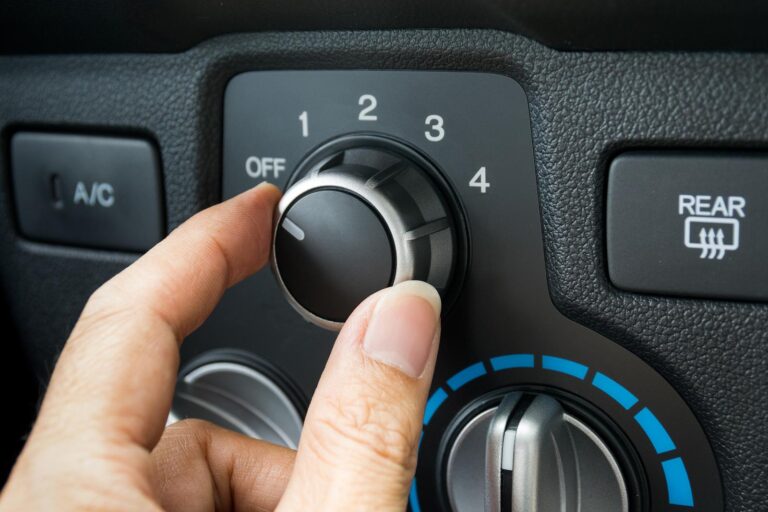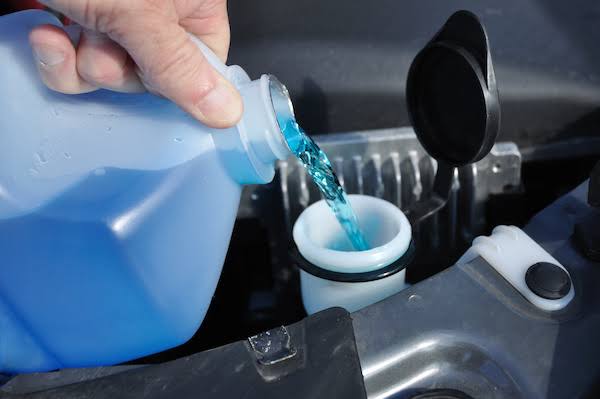Does the Short Brake Shoe Go in the Front?

When working with drum brakes, understanding how to correctly position the brake shoes is crucial for ensuring proper braking performance. A common question for DIY mechanics and brake enthusiasts is: “Does the short brake shoe go in the front?”
In this article, we’ll address this question, explain the differences between the short and long brake shoes, and provide tips on how to correctly install them.
The Basics of Brake Shoes
Drum brake systems typically use two brake shoes per wheel:
- Primary (Short) Brake Shoe: The shoe with less friction material.
- Secondary (Long) Brake Shoe: The shoe with more friction material.
These shoes work together to slow down the vehicle by pressing against the inside of the brake drum when you apply the brakes.
Placement of the Short Brake Shoe
Yes, the short brake shoe (primary shoe) goes in the front of the drum brake assembly. The longer brake shoe (secondary shoe) is positioned at the rear. This configuration ensures optimal braking performance.
Why Does the Short Brake Shoe Go in the Front?
The primary brake shoe is designed to make initial contact with the brake drum. When you apply the brakes:
- The primary shoe is activated first, creating a pulling effect.
- This pulling effect transfers force to the secondary shoe, which provides the majority of the stopping power.
Key Differences Between the Short and Long Brake Shoes
1. Friction Material Length
- Primary Shoe (Short): Less friction material.
- Secondary Shoe (Long): More friction material for greater braking force.
2. Function
- Primary Shoe: Initiates the braking process.
- Secondary Shoe: Completes the braking process with greater force.
3. Placement
- Primary Shoe: Always faces the front of the vehicle.
- Secondary Shoe: Always faces the rear of the vehicle.
What Happens if You Install Them Incorrectly?
Installing the brake shoes in the wrong position (long shoe in the front and short shoe in the rear) can lead to:
- Reduced Braking Efficiency: The braking force distribution will be incorrect, leading to uneven stopping power.
- Excessive Wear: The brake shoes and drums may wear out faster.
- Safety Hazards: Improper braking performance increases the risk of accidents.
Steps to Properly Install Brake Shoes
- Prepare Your Workspace
- Lift the vehicle and securely support it with jack stands.
- Remove the wheel and drum to access the brake assembly.
- Identify the Shoes
- Locate the primary (short) and secondary (long) shoes.
- Position the Shoes
- Install the short brake shoe toward the front.
- Install the long brake shoe toward the rear.
- Check All Components
- Ensure the return springs, adjuster, and other components are correctly assembled.
- Test the Brakes
- After reassembling, test the brakes before driving to ensure they are working correctly.
Frequently Asked Questions
1. How can I tell which brake shoe is the primary and which is the secondary?
The primary shoe is shorter and has less friction material, while the secondary shoe is longer with more friction material.
2. What if both brake shoes are the same size?
In some drum brake designs, both shoes are the same size, and their placement doesn’t matter. However, this is rare in most modern vehicles.
3. Can I reuse old brake shoes?
It’s best to replace both brake shoes as a set to ensure balanced braking performance.
4. How often should brake shoes be replaced?
Brake shoes typically last 30,000 to 70,000 miles, depending on driving habits and conditions.
5. Can I drive with incorrectly installed brake shoes?
Driving with improperly installed brake shoes is unsafe and can lead to brake failure. Always double-check your installation.
Conclusion
In drum brake systems, the short brake shoe (primary shoe) should always be positioned at the front, while the long brake shoe (secondary shoe) goes in the rear. This configuration ensures proper braking force distribution and optimal performance.
Correctly installing brake shoes is essential for your safety and the longevity of your braking system. If you’re ever unsure about the process, consult your vehicle’s manual or seek help from a professional mechanic.
Also Check:
• Do Brake Pads Come in Pairs?





